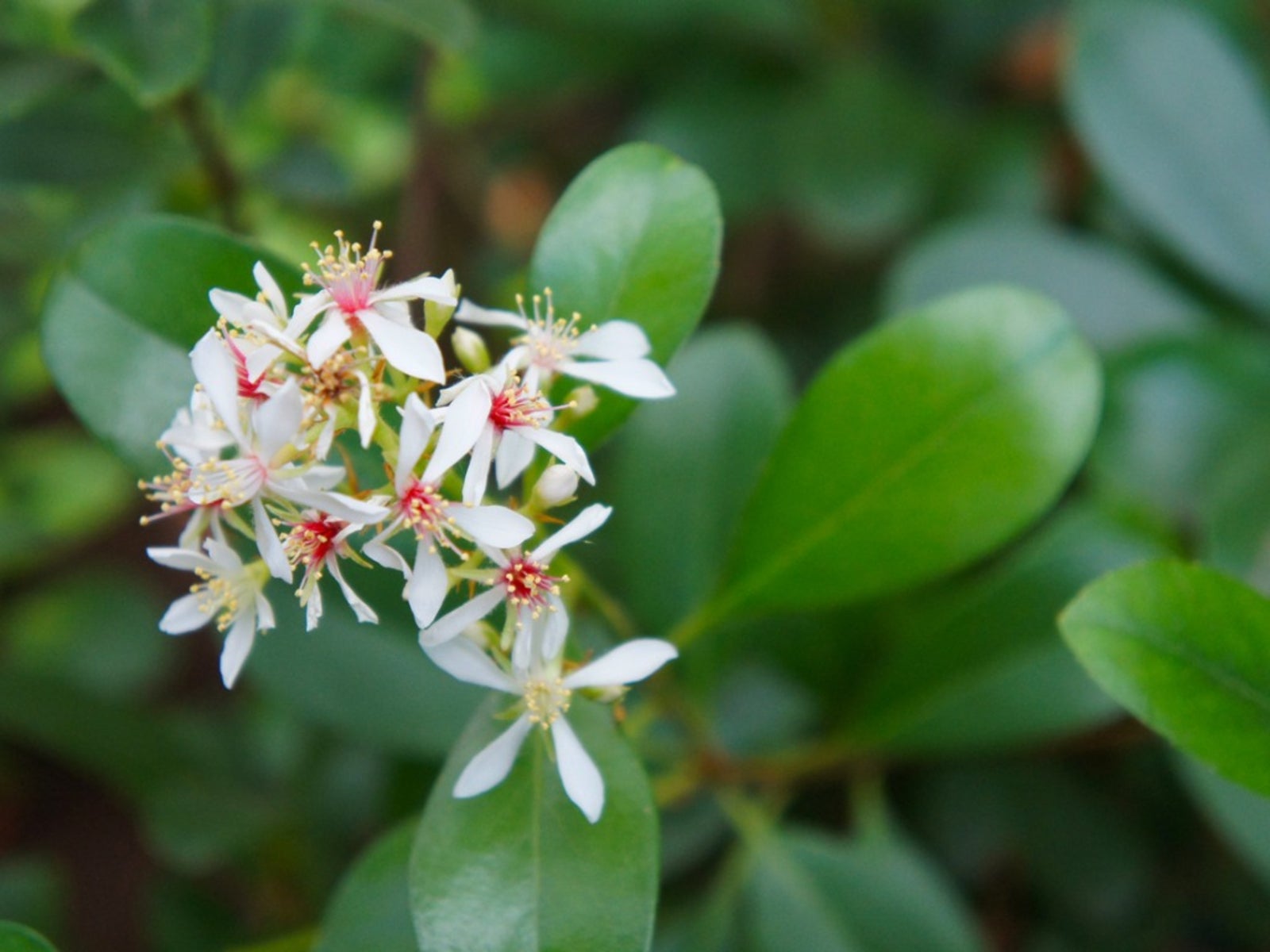Indian Hawthorn Pruning: How And When To Cut Indian Hawthorn Plants


One of the features that make Indian hawthorn plants so easy to grow is that they rarely need pruning. The shrubs have a shape and growth habit that stays neat and compact without much effort on the gardener's part. Pruning Indian hawthorns is usually limited to removing diseased and damaged parts of the shrub as problems occur, but you might also find it helpful to make an occasional heading or thinning cut. Read on to find out how to prune an Indian hawthorn.
Indian Hawthorn Pruning
When an Indian hawthorn branch is broken, it's best to take care of the problem right away by cutting off the stem below the break. A clean cut heals quickly and is less likely to develop disease problems than a ragged break. If you are cutting near the branch tip, any stub of stem between the cut and the nearest bud will eventually die, so make the cut about one-quarter of an inch (6 mm.) above a bud. Choose the bud carefully. After you remove the end of a stem, any new growth will come from the bud, and it will grow in the direction the bud is facing. This type of pruning is called heading. Diseased and dead stems should be removed immediately to help prevent the spread of the disease. Make the cuts several inches (8 cm.) below the affected area. If the wood in the cut looks discolored, you need to cut it a little further down. Don't hesitate to remove the entire stem if it looks unhealthy. Sterilize your pruners between cuts if you suspect a disease. Dip the pruners in rubbing alcohol or a household disinfectant and wipe them with a clean cloth. Make sure you wipe them completely dry before putting them away. When you prune the shrub, you should also look for branches that cross and rub against each other. Constant rubbing causes wounds that provide an entry point for disease organisms and insects. Remove one of the branches, or make a heading cut low enough that the stems won't rub. It is important to know when to cut Indian hawthorn to avoid losing next year's flowers. The plant starts forming next year's flower buds soon after the flowers fade, and if you wait too long, you'll remove the buds as you prune. The best time to prune is immediately after the flowers fade before new buds begin to form.
Sign up for the Gardening Know How newsletter today and receive a free copy of our e-book "How to Grow Delicious Tomatoes".

Jackie Carroll has written over 500 articles for Gardening Know How on a wide range of topics.